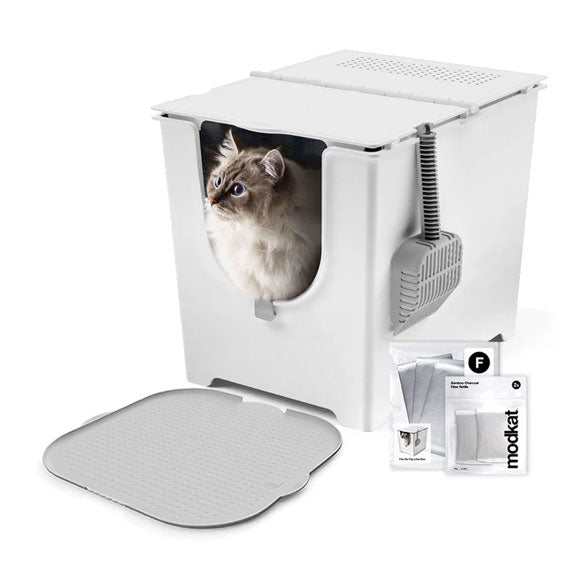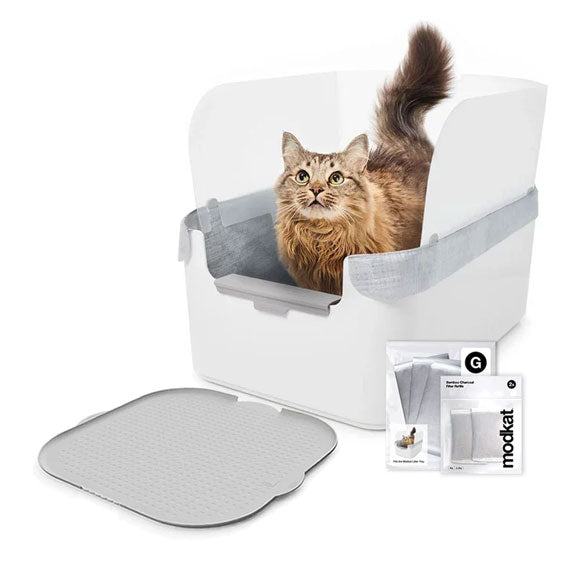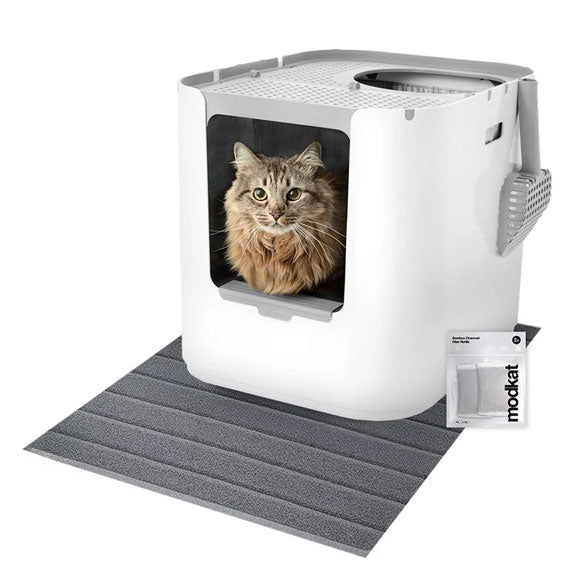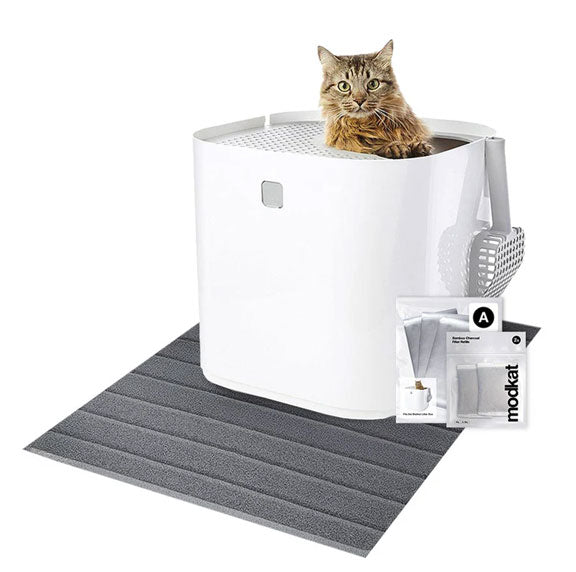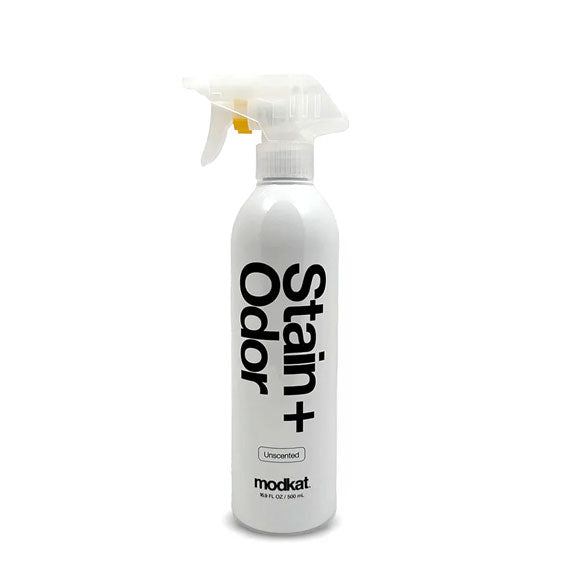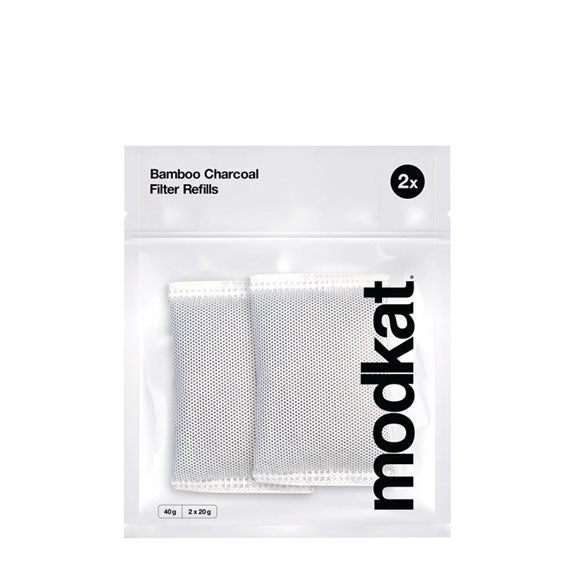20% off sitewide. Discount automatically applied.
20% off sitewide. Discount automatically applied.
Litter Boxes
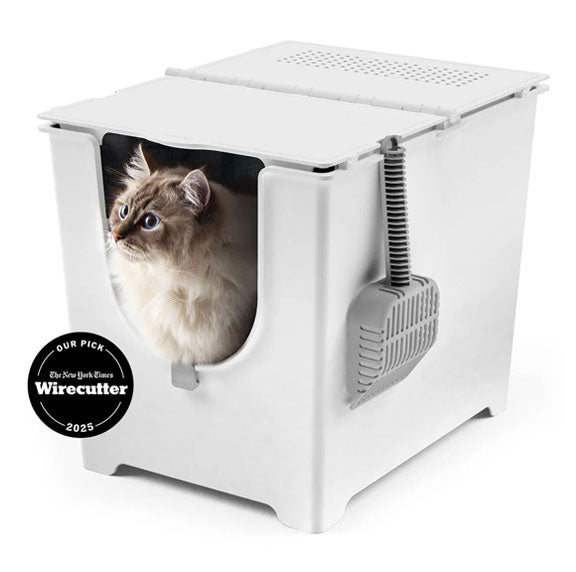
Modkat Flip
Front-Entry Litter Box
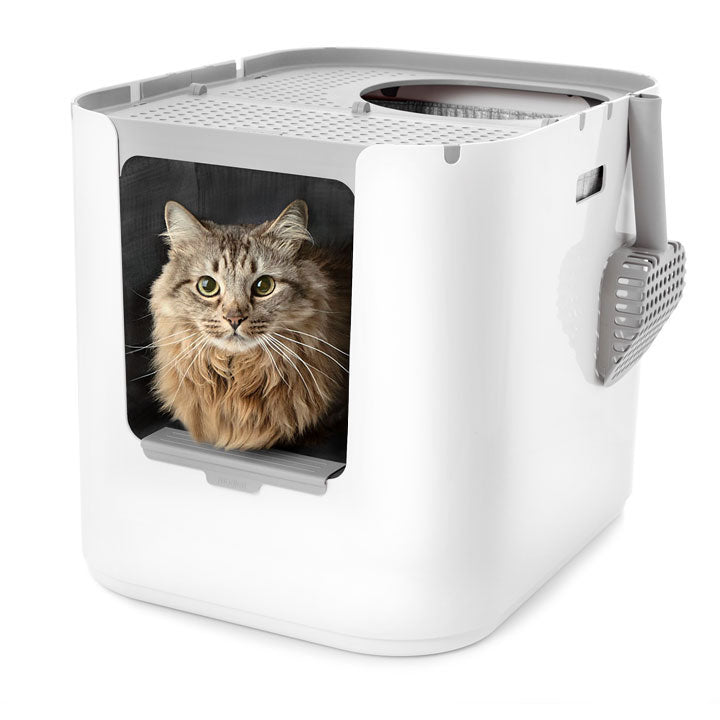
Modkat XL
Front/Top-Entry Litter Box
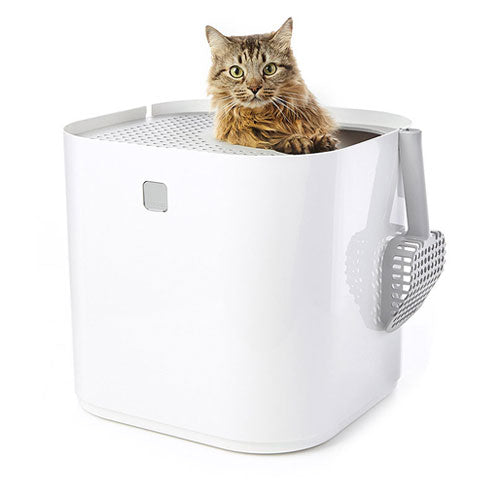
Modkat
Top-Entry Litter Box
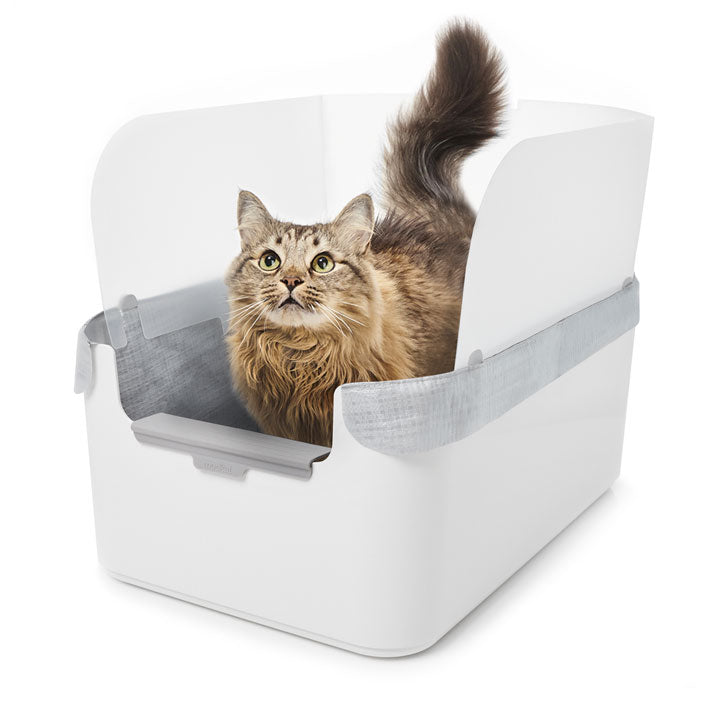
Modkat Tray
Open Litter Box
Bundles
Essentials
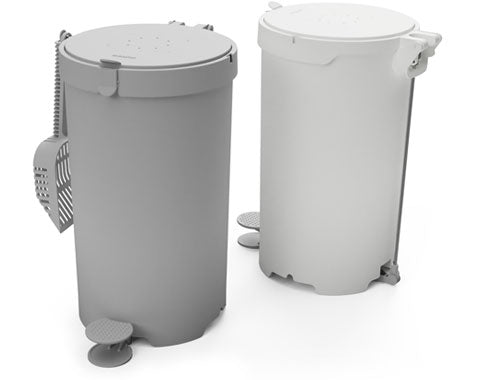
Litter Keeper
Two colors
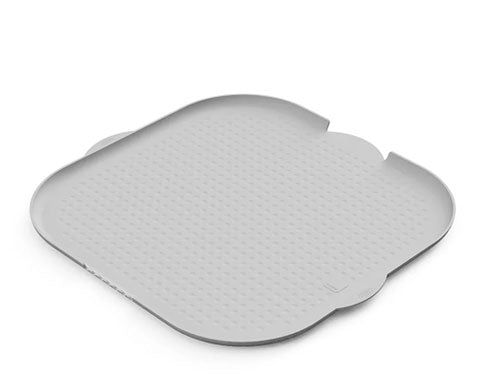
Litter Mats
Multiple styles, colors & sizes
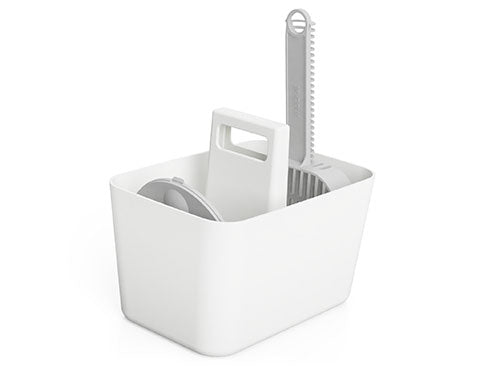
Tidy-Up Kit
Scoop holder & dustpan
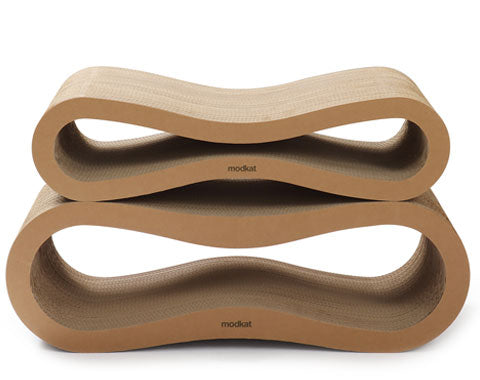
Lounge + Play
Scratchers & toys
Refills
Add description, images, menus and links to your mega menu
A column with no settings can be used as a spacer
Link to your collections, sales and even external links
Add up to five columns
Add description, images, menus and links to your mega menu
A column with no settings can be used as a spacer
Link to your collections, sales and even external links
Add up to five columns
Cat grooming 101.
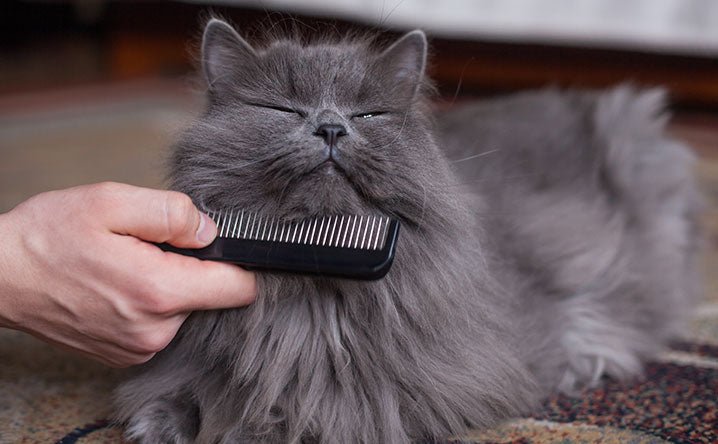
Cats are meticulous about grooming themselves. They spend time doing it throughout the day. But on occasion, a little human intervention in the grooming department can be beneficial to both kitty and caregiver.
Grooming your cat regularly not only creates a bonding experience but it also enables you to keep an eye on your cat’s skin, helps prevent health issues, and protects your home furnishings.
When you’re brushing your cat, you can be on the lookout for fleas, bites, or wounds. Brushing your cat also helps reduce the occurrence of hairballs, which can cause kitty digestion issues. And nail clipping to dull and shorten the claws, for example, deters your cat from scratching your furniture. It also lowers the risk of your cat harming himself if he tries to break free when one of his sharp claws gets hung up on something.
Grooming cats always seems simpler if you start when they are kittens. Not every cat parent, however, has that advantage if they’ve adopted an older feline. So if human-assisted grooming is a new endeavor for both you and your cat, be sure to ease into the activity by spending a few minutes each day, preferably after your cat has exercised or eaten, stroking and massaging her feet. Once you’ve established a routine with your cat, she’ll be more amiable to your touch and more approachable come grooming time.
Brushing tips
Short-haired cats should be brushed twice a week, and long-haired cats need daily brushing. Brushing removes loose hair, dirt, and tangles. Always brush in the direction the coat grows, not against it. You can follow these additional cat-brushing tips:
- Start with a metal comb. Work from head to tail on short-haired cats and on the abdomen and legs on long-haired cats.
- Follow with a bristle or rubber brush to remove dead and loose hair. Be sure to brush all over the cat’s body.
- Don’t try to cut out any mats you might find because you could injure yourself or your cat by trying to remove them. Best to leave that to a professional.
- Use a toothbrush to groom around the cat’s face.
Bathing tips
It’s no secret that most cats aren’t particularly fond of water, so bathing could be tricky. For some cats, though, it's completely doable. Giving your cat a full-blown bath experience isn’t necessary to do very often, only when he’s gotten so dirty he’s not able to clean himself properly. To bathe your cat:
- Be sure the water is warm; not too hot or cold.
- Always use a cat-approved shampoo.
- Line a tub or sink with a rubber mat so your cat feels stable when standing and fill it three to four inches deep.
- Spray or gently wet your cat, making sure to avoid the eyes, nose, and ears. Shampoo from head to tail. You can use a washcloth to clean the face.
- Rinse gently but thoroughly, and pat dry with a large towel.
- If a full bath is not needed, you can use bath wipes specifically for cats. Bath wipes allow you to clean your cat without submerging them in water.
Cat pedicure tips
When your cat’s claws are sharp, they can damage furniture and scratch you during playtime. You can reduce the risk of damage and injury by regularly trimming your cat’s claws to remove the sharp tips. Doing so also helps keep your cat from snagging his sharp nails on the carpet or furniture, which can result in a broken claw or sore paw when he tries to detach himself. To clip:
- Use a cat-approved nail clipper.
- Place your cat in your lap and gently massage the paws for a few seconds before you begin.
- If your cat is comfortable, apply pressure to the pad, which forces the nails to extend.
- Clip parallel to the cat’s nail, snipping only the white, translucent part of the claw, and avoiding the pink part, called the quick.
- If your cat resists, pause and give her time to relax before proceeding.
- Reward your friend with a treat after clipping a few claws. Don’t rush through the process. If you need to, conduct the pedicure in a few sittings rather than attempting it all at once.
- Trimming your cat’s nails is recommended every 10 days to two weeks.
- Never consider de-clawing your cat. Not only is it inhumane, but most U.S. states along with several other countries have banned it.
Although cats are relatively low-maintenance pets, independent and fully capable of grooming, they may occasionally need a little helping hand when it comes to bathing, brushing, and nail clipping.
Treat your cat to a spa day. As their two-legged friends know, it can work wonders on the psyche. And after all, a happy cat is a healthy cat. 🖤🐈
“It looks nicer than any other hooded or open option we considered.”

Categories
Meow from Brooklyn.
Sign up and get early access to product drops, exclusive offers, and the occasional cat meme.
Similar products related to this blog:
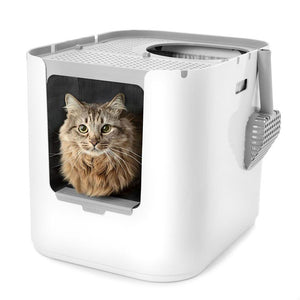
"It looks nicer than any other hooded or open option we considered."

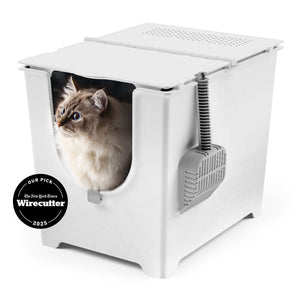
"This litter box keeps everything in, nothing gets out the sides."
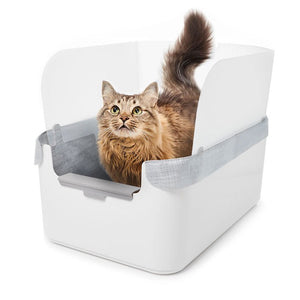
"My beautiful ragdoll cat and I both love the new Modkat Litter tray!"

